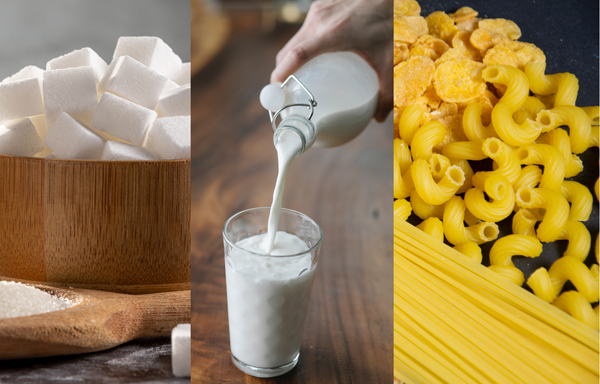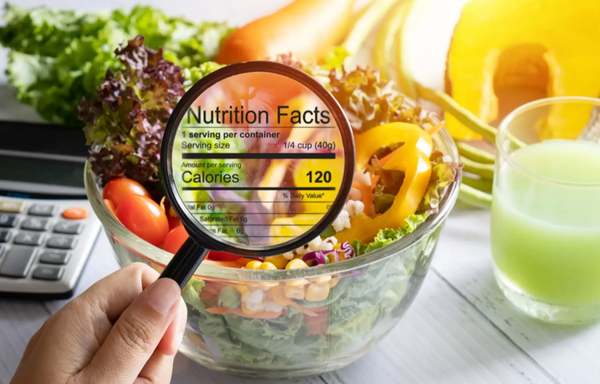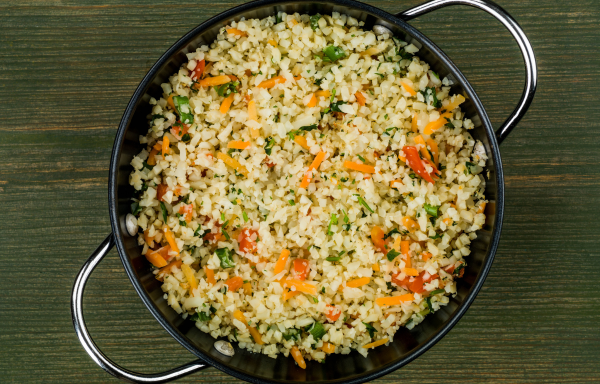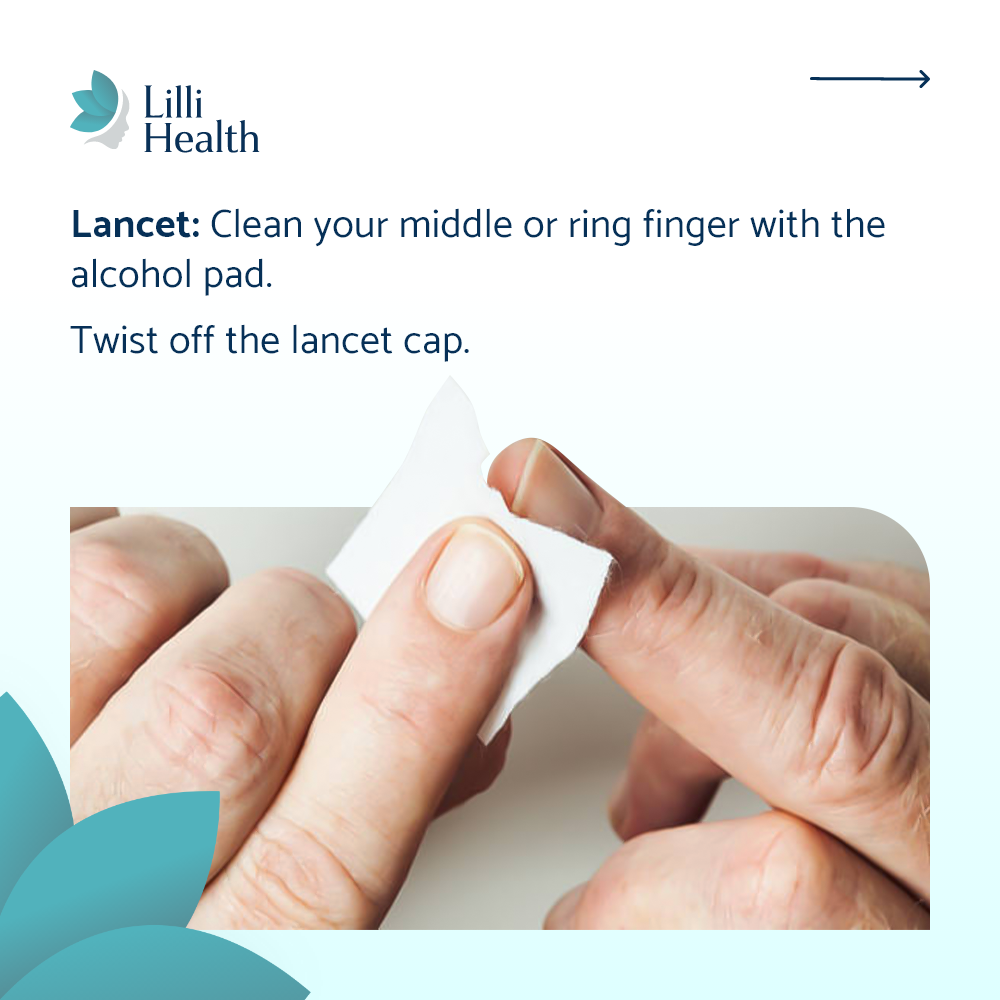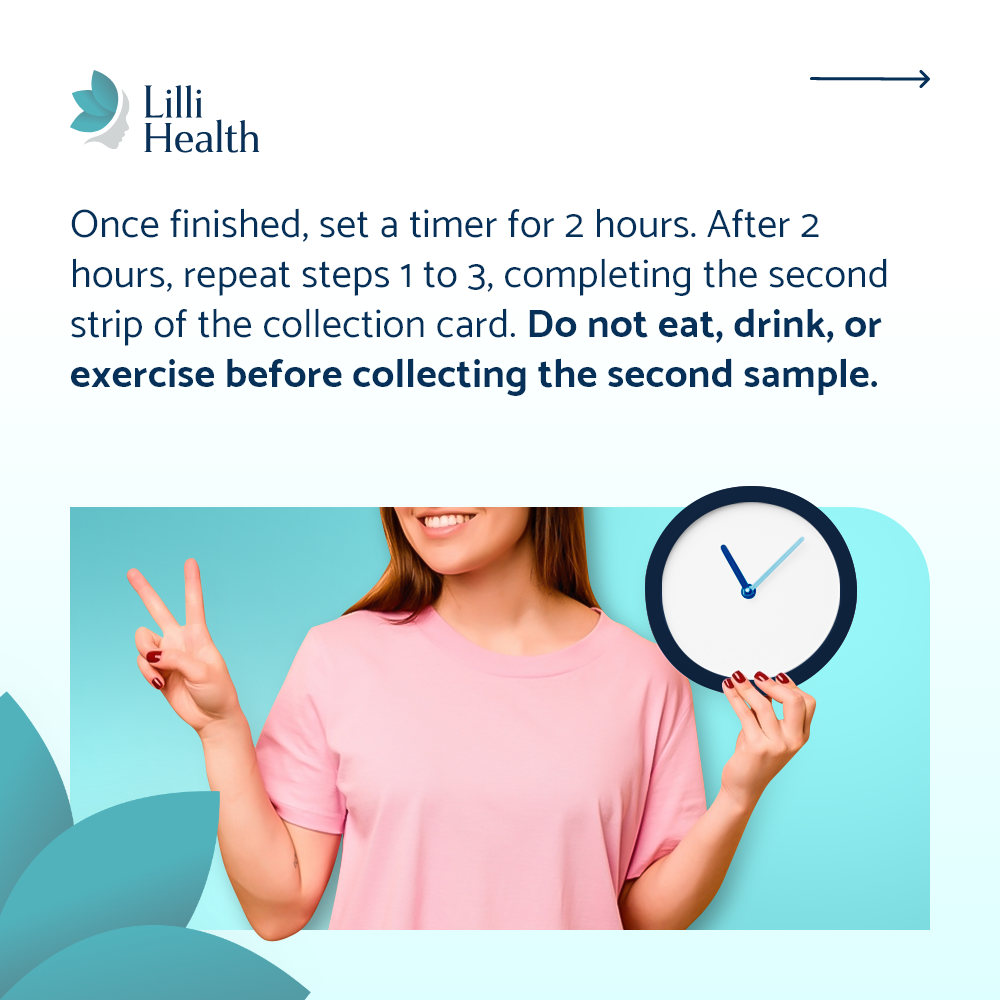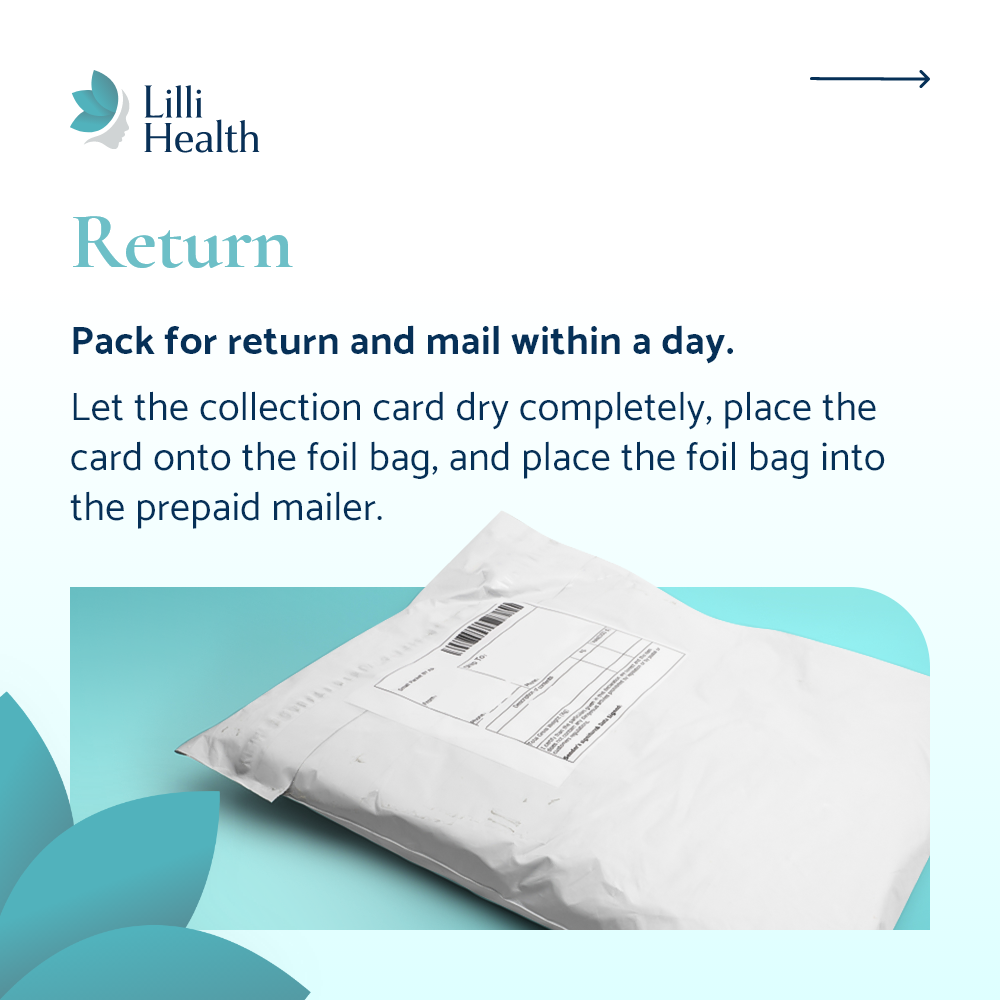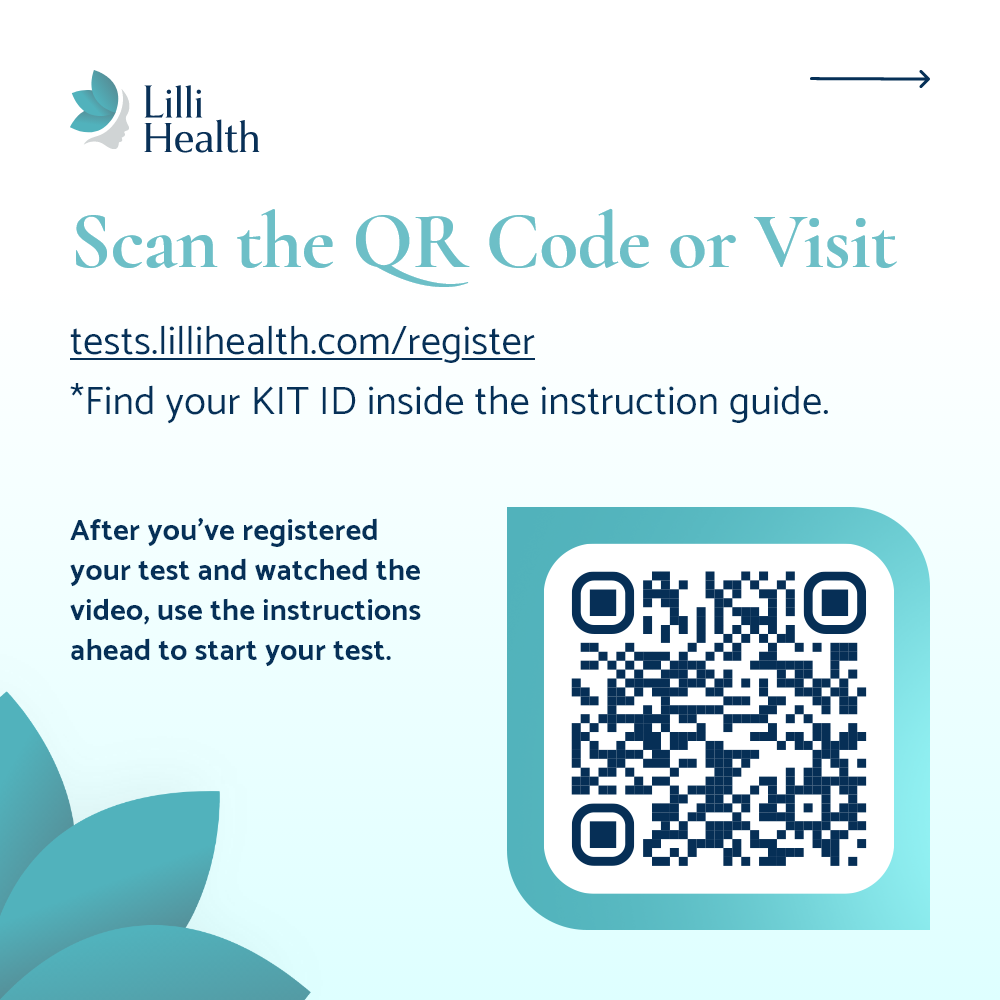

Don’t Judge a Food by Its Cover: Read Your Labels
Food marketing is designed to sell you a product, not to prioritize your health. That’s why terms like “keto-friendly,” “low carb,” “high protein,” and “no sugar added” are plastered across packaging—even when the product itself is far from healthy.
The problem? These terms are largely unregulated, meaning companies can manipulate ingredients to fit a certain label while still using questionable additives. If you’re trying to follow a Low Insulin Lifestyle, reading the nutrition facts is not enough—you need to check the ingredient list to see what’s really inside.
Let’s break down some of the most misleading food claims and what to watch out for on labels.
The Truth Behind Popular Food Labels
Keto-Friendly & Low Carb: Not as Healthy (or low in carbs) as They Seem
“Keto” and “low carb” might seem like safe bets, but these labels mean nothing in terms of actual health benefits. Since these terms are not regulated, companies can use processed ingredients to lower the “net carbs” on the label while still spiking insulin.
-
Resistant starches – Found in many low-carb breads and snacks, these starches are marketed as blood sugar-friendly because they are believed to bypass digestion. But don’t be fooled—the actual amount of resistant starch formed when heating and cooling foods is only about 5% of the total starch content, so the impact is minimal.
-
Wheat gluten – Often used in “low-carb” breads to replace starch, but it’s highly processed and can cause digestive discomfort for many people. Just because it’s low in carbs doesn’t mean it’s a good choice for metabolic health.
-
Processed fibers – Many keto and low-carb snacks are loaded with added fibers like chicory root or inulin to artificially lower the net carb count. This doesn’t actually cancel out the insulin response from starches and sugars. Plus, these added fibers can cause bloating, gas, and digestive distress.
Just because a food is labeled “keto” or “low carb” doesn’t mean it won’t spike your insulin. Always read the ingredient list!
High Protein: Just Whey Protein Powder in Disguise
Many processed foods slap on a “high protein” label to make them seem healthier, but the protein in these products often comes from whey protein powder, soy protein isolates, or other ultra-processed sources.
- Whey protein can spike insulin, making it less than ideal for people managing insulin resistance.
- Many high-protein bars and shakes contain added sugars, artificial sweeteners, or starches that can undermine your goals.
Real food sources of protein—like eggs, meat, fish, nuts, and seeds—are always better than processed powders.
Low Fat: The Biggest Lie in Nutrition
If there’s one food label to avoid at all costs, it’s low fat. When fat is removed from a product, something has to replace it—usually sugar, starches, or artificial thickeners that do far more harm than good.
- Low-fat yogurt often has double or triple the sugar of full-fat versions.
- Fat is essential for hormone balance, satiety, and nutrient absorption.
- Choose full-fat Greek yogurt, real grass-fed butter, and whole foods over anything labeled low-fat.
No Sugar Added vs. Sugar-Free: Not the Same Thing
“No sugar added” does not mean sugar-free. It just means the manufacturer didn’t add extra sugar, but the product could still contain tons of natural sugars from fruit concentrates, honey, or syrups.
- No sugar added products can still have high amounts of naturally occurring sugar that impact insulin just the same.
- Sugar-free is a better option but often means the product is loaded with artificial sweeteners that can cause cravings and gut issues.
The only way to truly know what’s inside your food is to read the ingredient list.
How to Read a Food Label Properly
Most people focus on the nutrition facts, but the most important part of the label is the ingredient list. This is where you see what you’re actually eating.
Use the Rule of 5
- Fewer than 5 ingredients is best. If there’s a long, complicated list, it’s probably highly processed.
- First 5 ingredients matter most. Ingredients are listed in order of quantity, so if sugar, starch, whey, milk, or artificial ingredients are in the top five, put it back.
- Avoid added sugars and starches. Watch for anything ending in “-ose” (glucose, fructose, dextrose), syrups, or flours.
- Skip artificial sweeteners. Sucralose, aspartame, and acesulfame potassium can still spike insulin. Stick with Lilli approved sweeteners instead.
- Look for real food. The best ingredients are ones you recognize—like nuts, seeds, meat, and vegetables.
Bottom Line: Read Your Labels
Food marketing is designed to trick you. Don’t fall for buzzwords like keto, low-carb, low-fat, high-protein, or no sugar added—always check the ingredient list to see what’s really inside. The best foods are real foods, not processed products with clever packaging.






